


Books in series

Battle of Britain 1940
The Luftwaffe's 'Eagle Attack'
2018

Rabaul 1943-44
Reducing Japan's great island fortress
2018

Rolling Thunder 1965-68
Johnson's Air War Over Vietnam
2018

Malta 1940-42
The Axis' air battle for Mediterranean supremacy
2018

Operation Crossbow 1944
Hunting Hitler's V-weapons
2018

Operation Linebacker II 1972
The B-52s are sent to Hanoi
2018
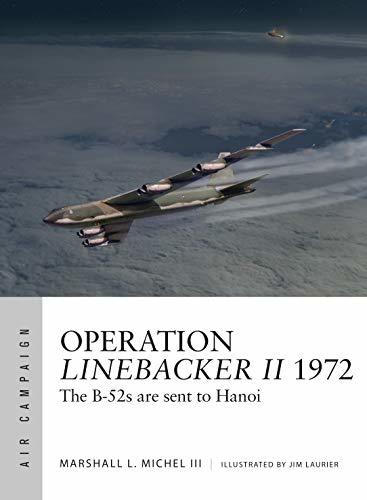
Operation Linebacker II 1972
The B-52s are sent to Hanoi
2018

Sink the Tirpitz 1942-1944
The RAF and Fleet Air Arm Duel with Germany's Mighty Battleship
2018
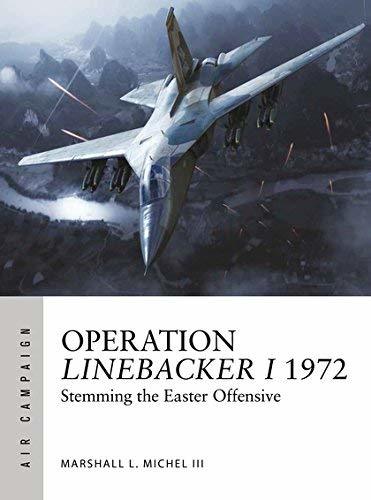
Operation Linebacker I 1972
The first high-tech air war
2019

Japan 1944-45
LeMay's B-29 strategic bombing campaign
2019

Six-Day War 1967
Operation Focus and the 12 hours that changed the Middle East
2019

Battle of Berlin 1943–44
Bomber Harris' gamble to end the war
2019

Ploesti 1943
The Great Raid on Hitler's Romanian Oil Refineries
2019
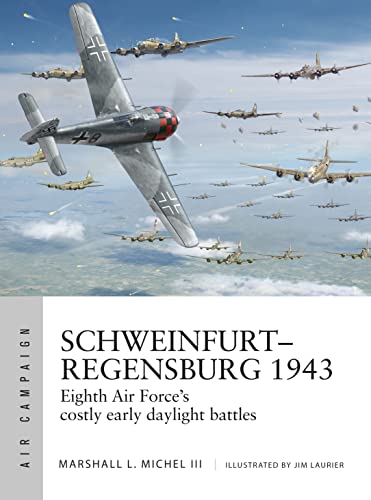
Schweinfurt–Regensburg 1943
Eighth Air Force’s costly early daylight battles
2020
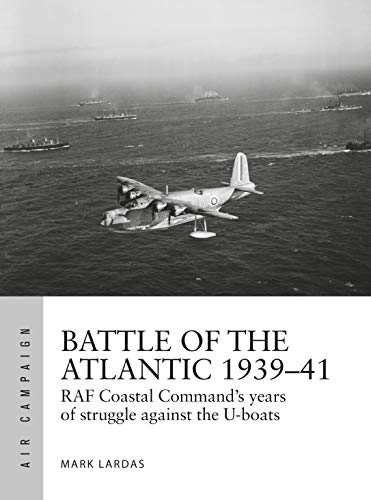
Battle of the Atlantic 1939–41
RAF Coastal Command's hardest fight against the U-boats
2020
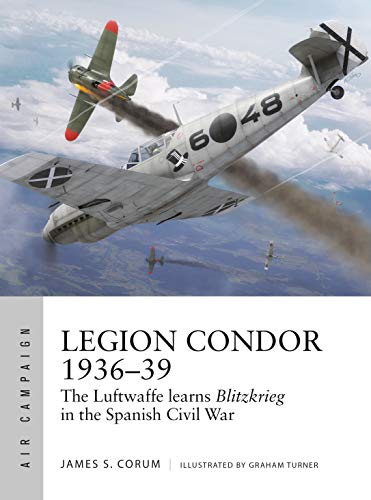
Legion Condor 1936–39
The Luftwaffe develops Blitzkrieg in the Spanish Civil War
2020

The Italian Blitz 1940–43
Bomber Command’s war against Mussolini’s cities, docks and factories
2020
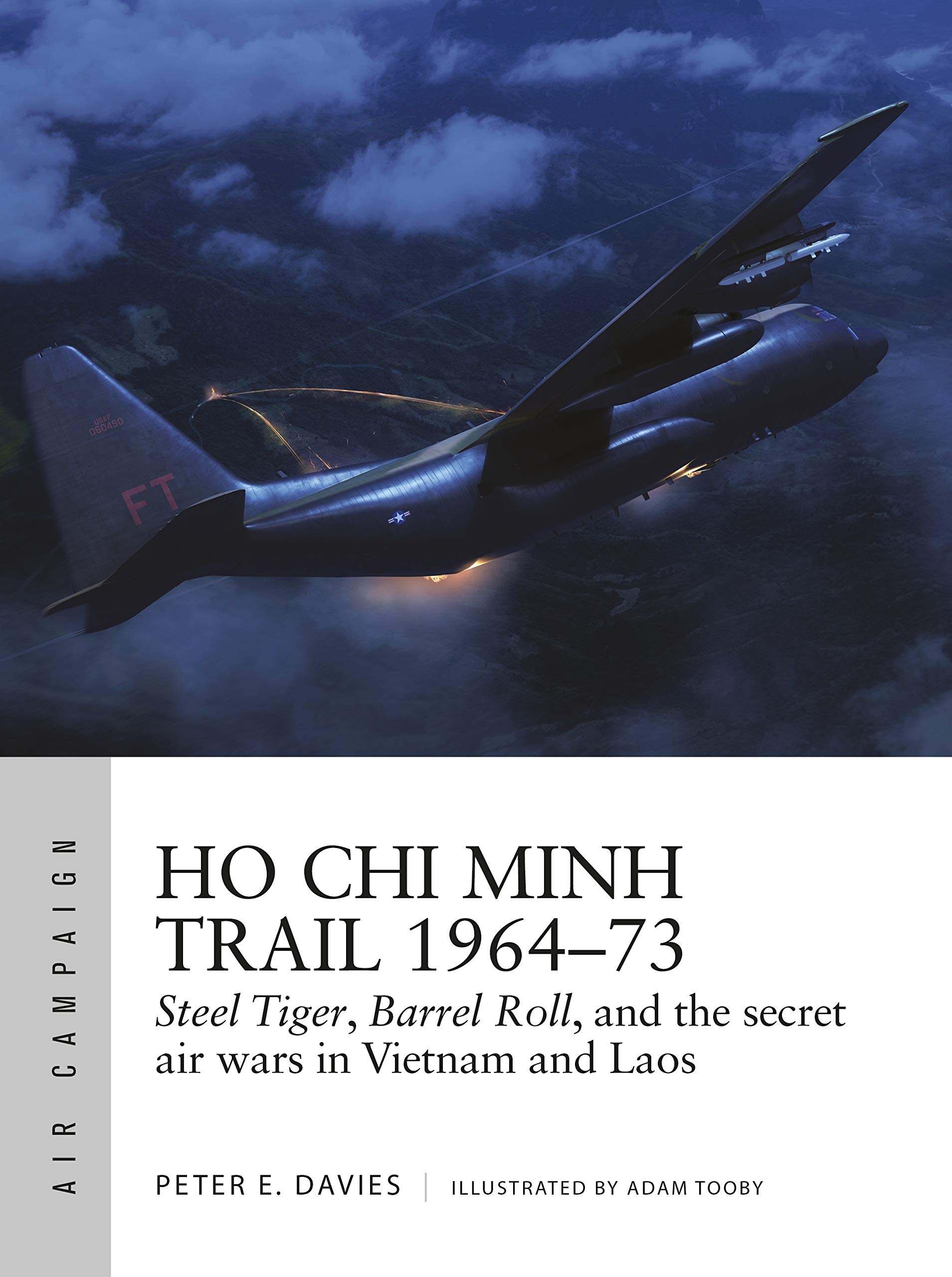
Ho Chi Minh Trail 1964–73
Steel Tiger, Barrel Roll, and the secret air wars in Vietnam and Laos
2020

Malaya & Dutch East Indies 1941-42
Japan's Air Power Shocks the World
2020

Malaya & Dutch East Indies 1941–42
Japan's air power shocks the world
2020

Sinking Force Z 1941
The day the Imperial Japanese Navy killed the battleship
2021
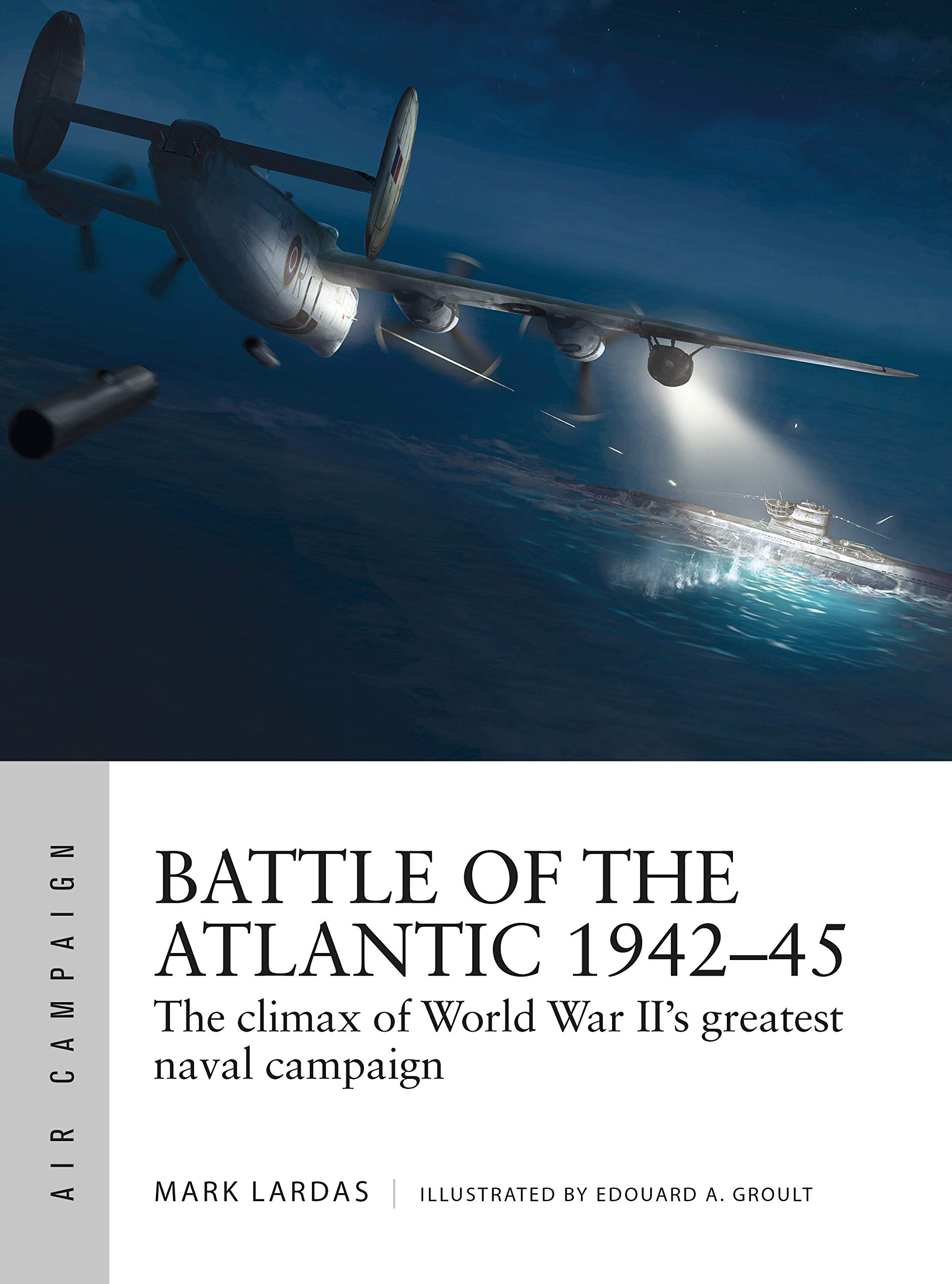
Battle of the Atlantic 1942–45
The climax of World War II’s greatest naval campaign
2021
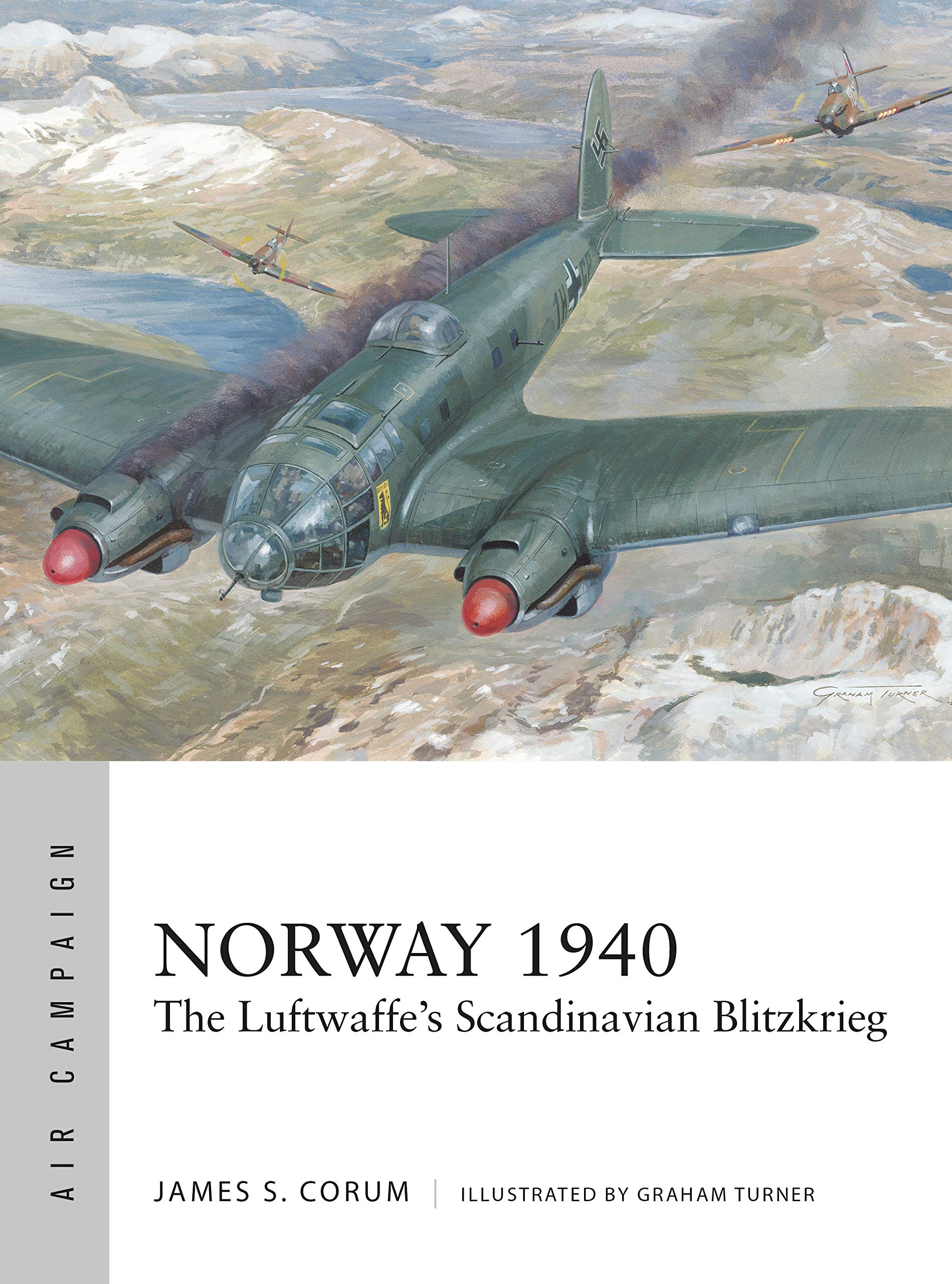
Norway 1940
The Luftwaffe’s Scandinavian Blitzkrieg
2021

Desert Storm 1991
The most shattering air campaign in history
2022
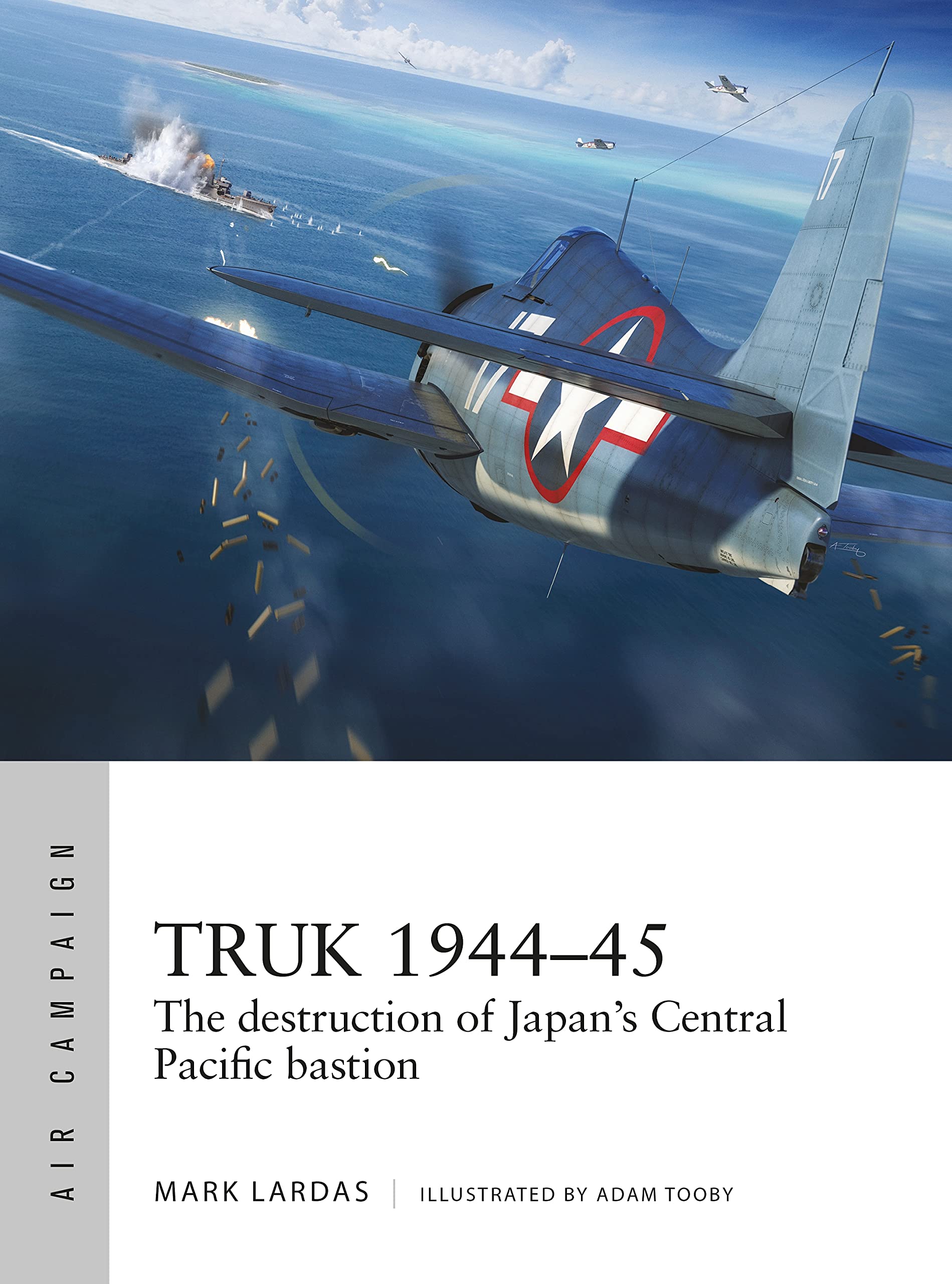
Truk 1944–45
The destruction of Japan's Central Pacific bastion
2021
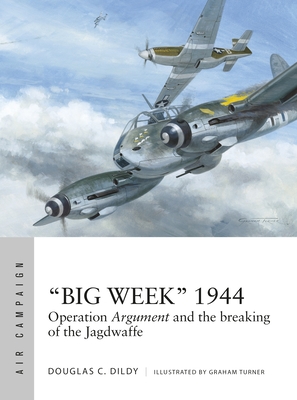
"Big Week" 1944 - Operation Argument and the Breaking of the Jagdwaffe
2022
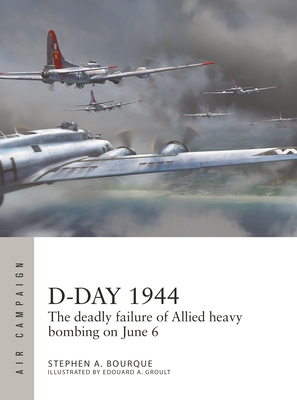
D-Day 1944
The deadly failure of Allied heavy bombing on June 6
2022
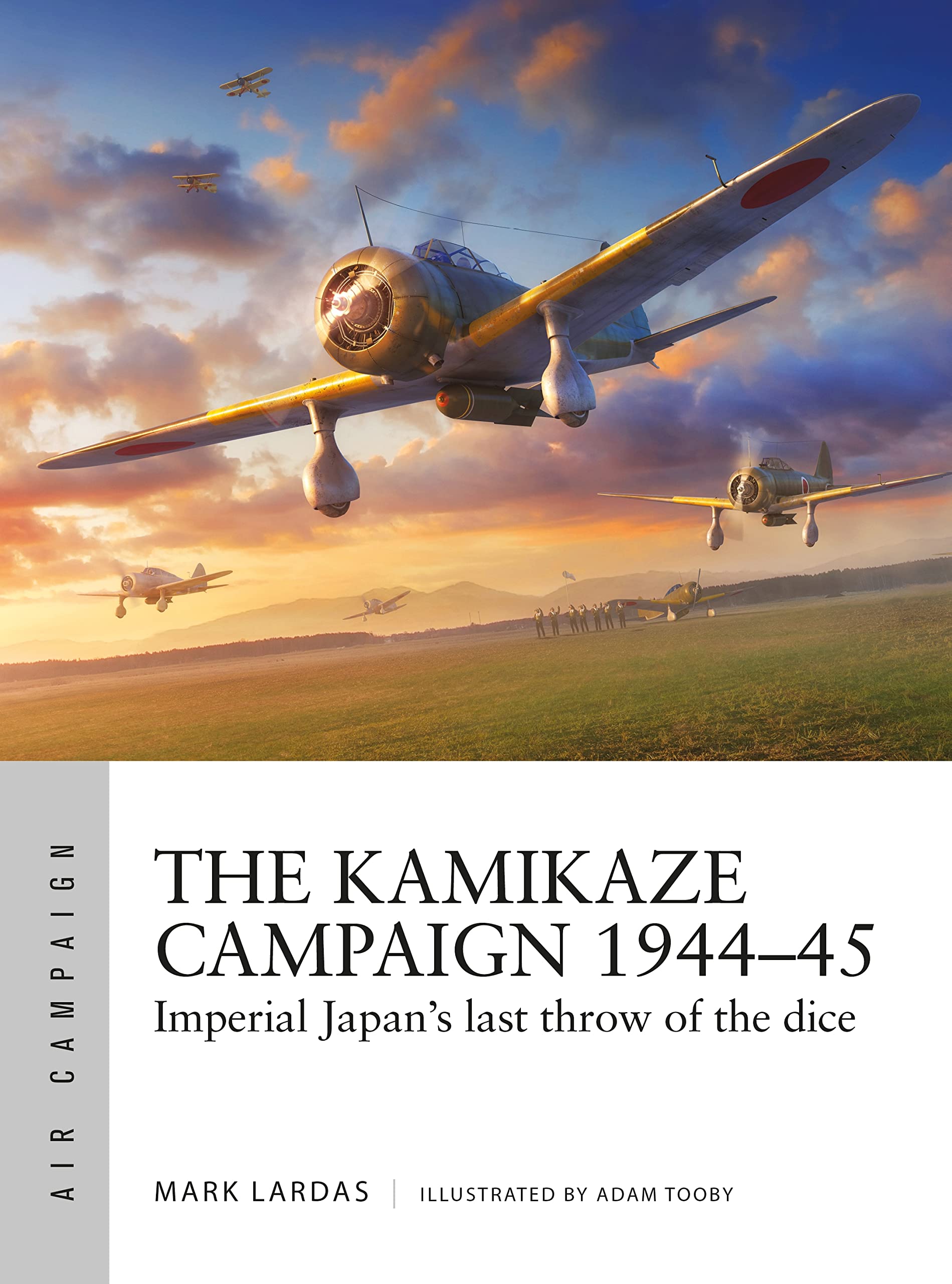
The Kamikaze Campaign 1944–45
Imperial Japan's last throw of the dice
2022
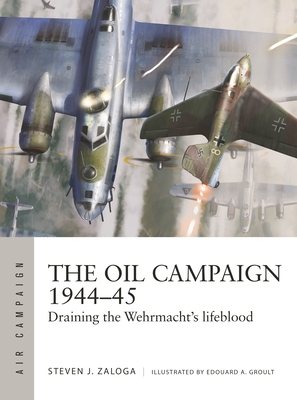
The Oil Campaign 1944–45
Draining the Wehrmacht's lifeblood
2022
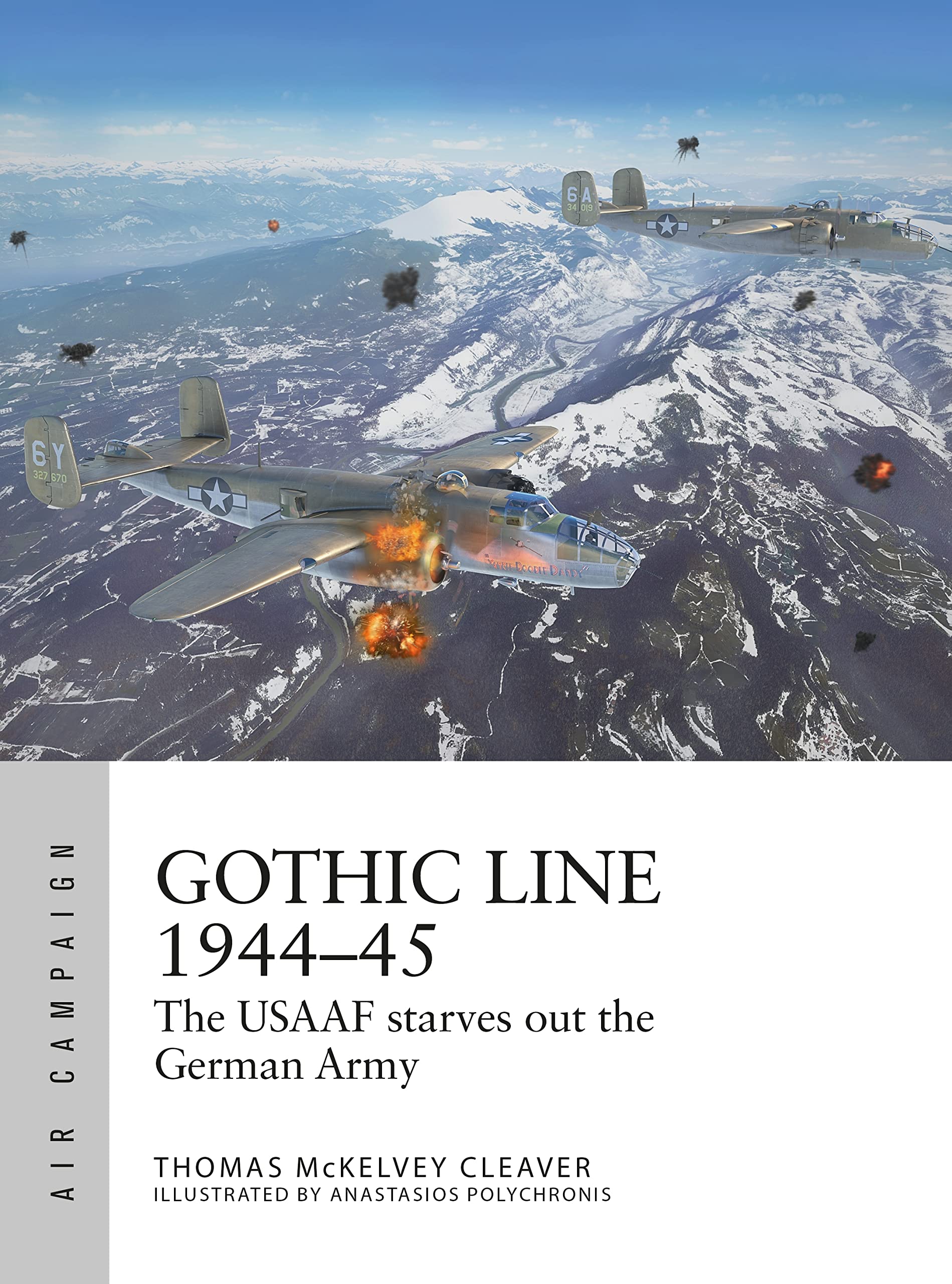
Gothic Line 1944–45
The USAAF starves out the German Army
2022
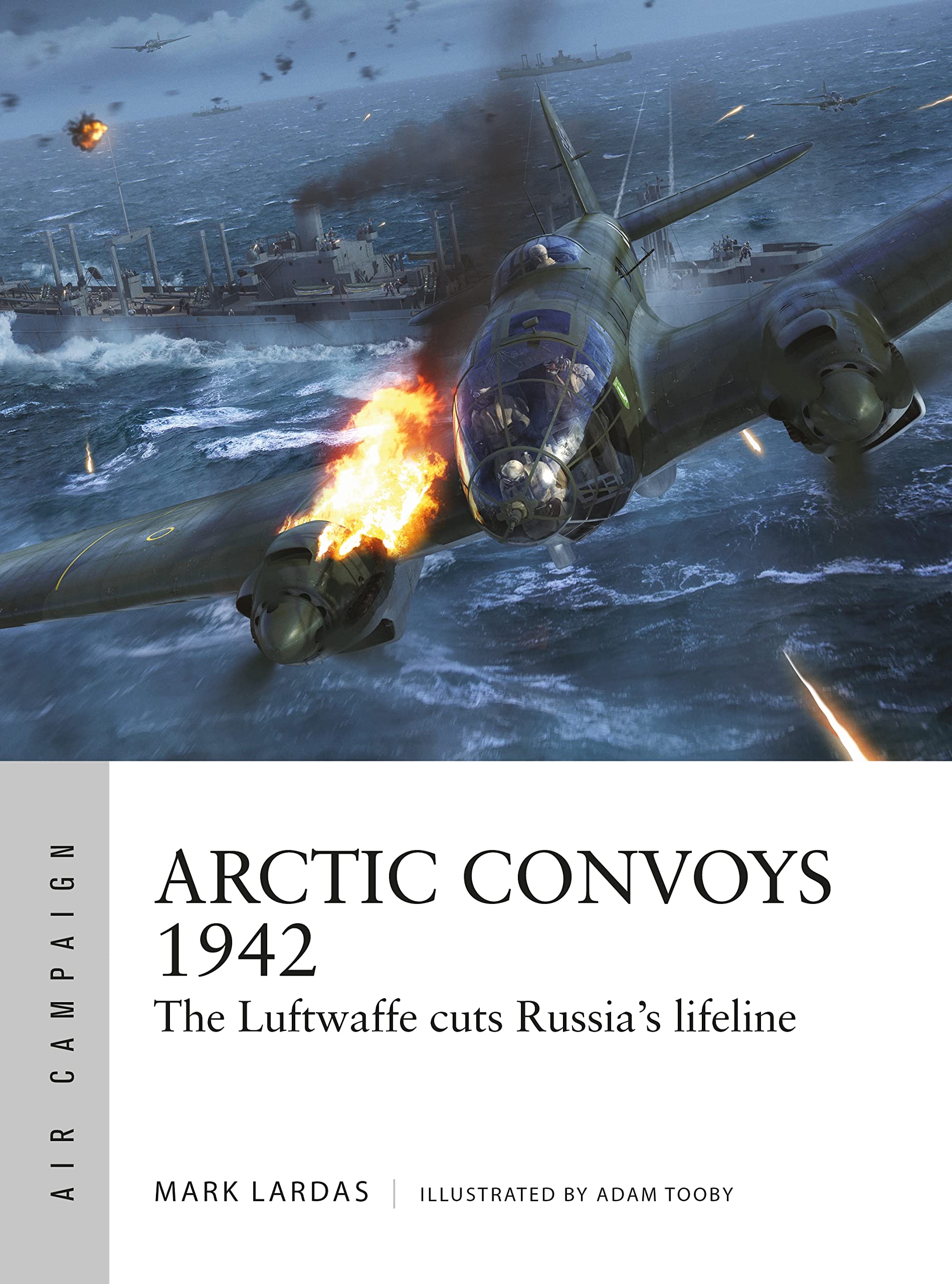
Arctic Convoys 1942
The Luftwaffe cuts Russia's lifeline
2022
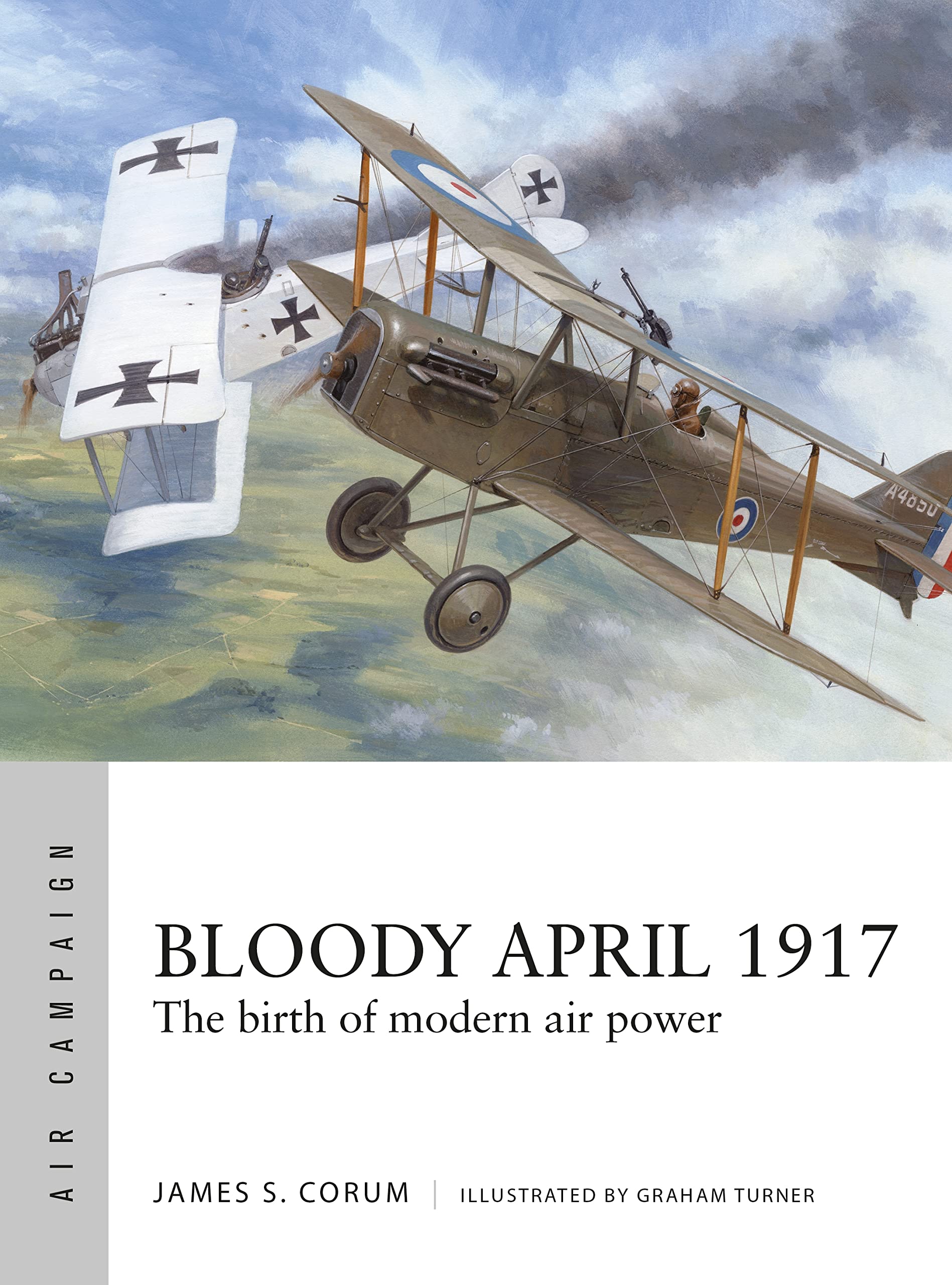
Bloody April 1917
The birth of modern air power
2022
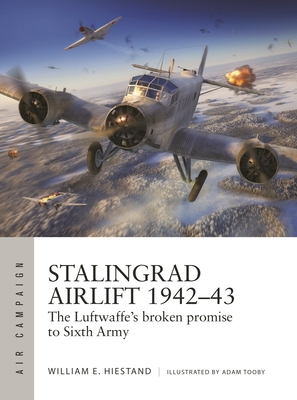
Stalingrad Airlift 1942–43
The Luftwaffe's broken promise to Sixth Army
2023

Afghanistan 1979-88
Soviet Air Power Against the Mujahideen
2023

South China Sea 1945
Task Force 38's bold carrier rampage in Formosa, Luzon, and Indochina
2023
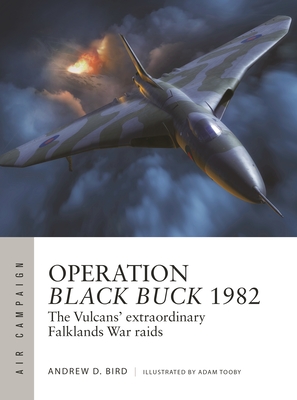
Operation Black Buck 1982
The Vulcans' extraordinary Falklands War raids
2023
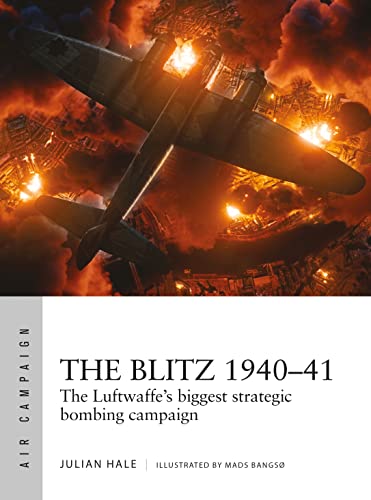
The Blitz 1940–41
The Luftwaffe's biggest strategic bombing campaign
2023
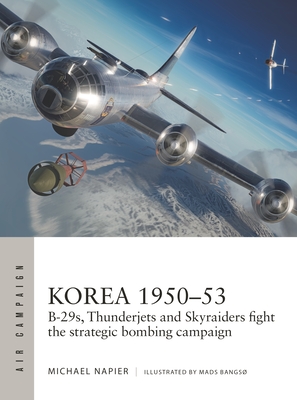
Korea 1950–53
B-29s, Thunderjets and Skyraiders fight the strategic bombing campaign
2023
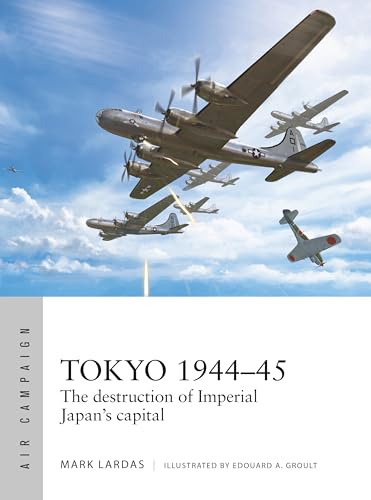
Tokyo 1944–45
The destruction of Imperial Japan's capital
2024
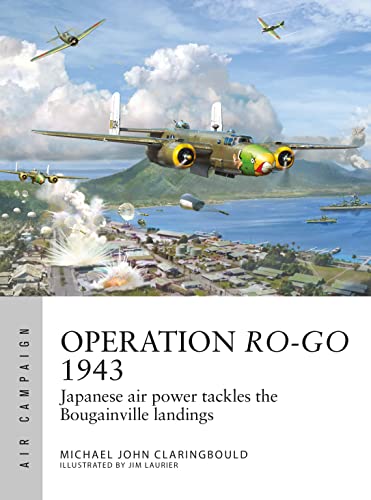
Operation Ro-Go 1943
Japanese air power tackles the Bougainville landings
2023
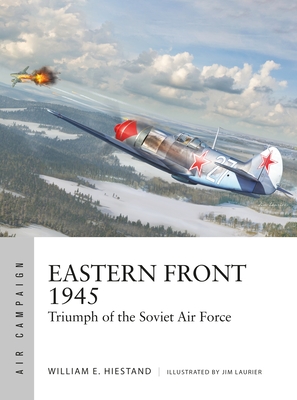
Eastern Front 1945
Triumph of the Soviet Air Force
2024
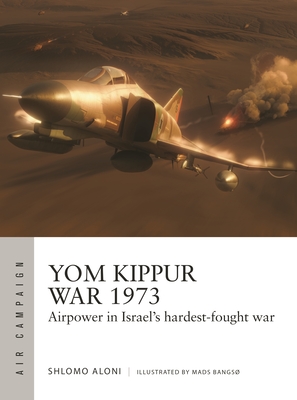
Yom Kippur War 1973
Airpower in Israel's hardest-fought war
2024
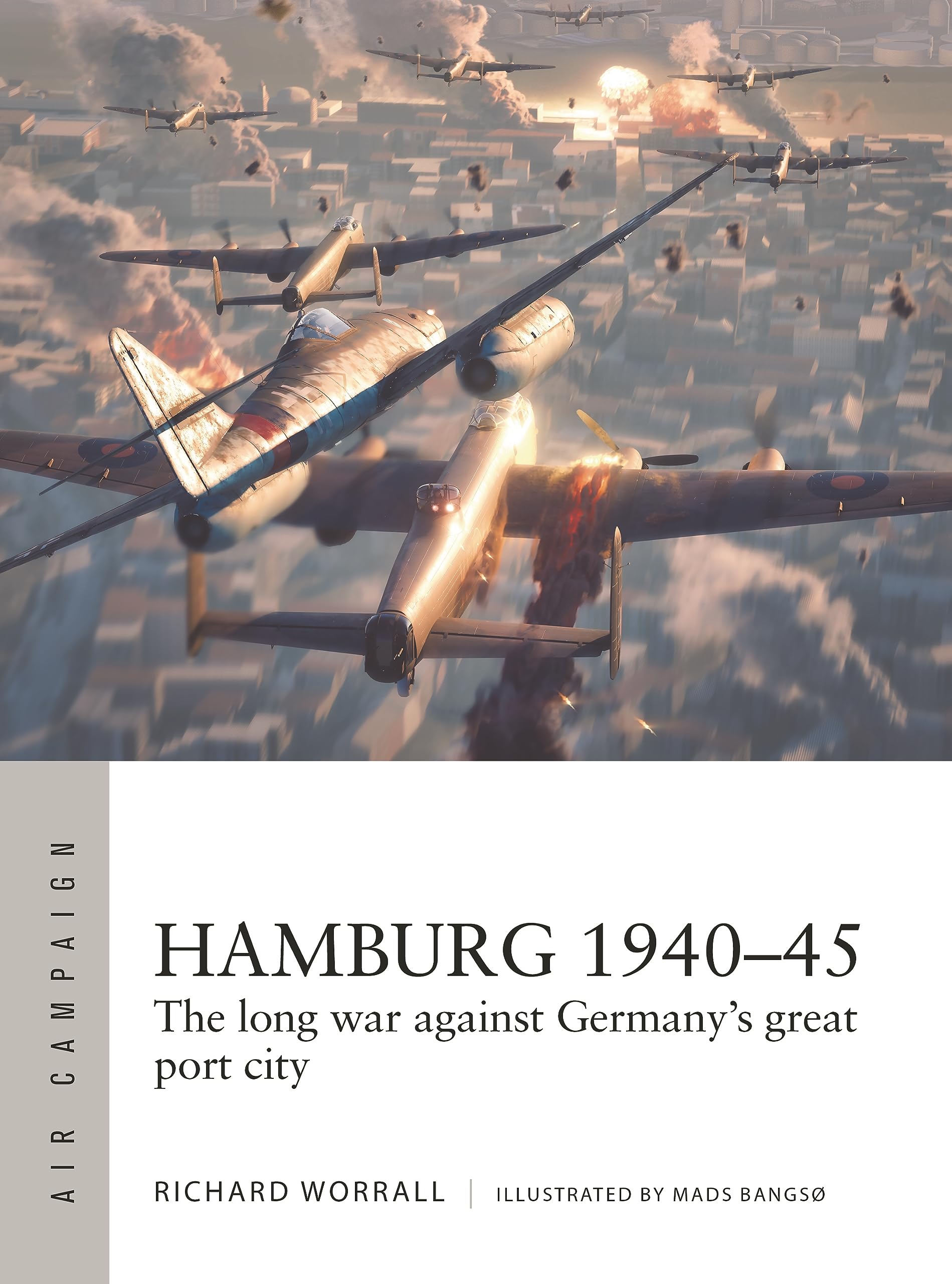
Hamburg 1940–45
The long war against Germany's great port city
2024
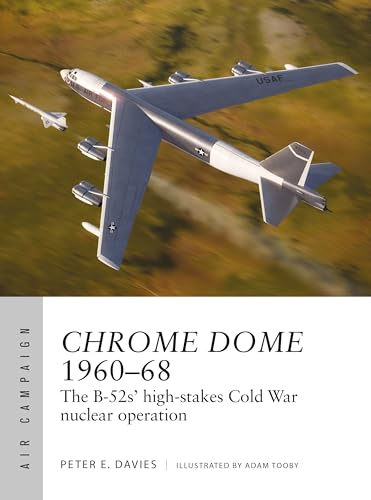
Chrome Dome 1960–68
The B-52s' high-stakes Cold War nuclear operation
2024
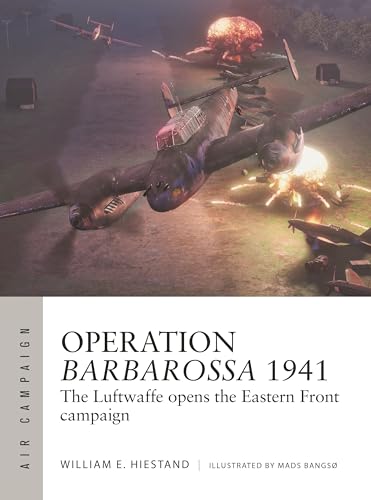
Operation Barbarossa 1941
The Luftwaffe opens the Eastern Front campaign
2024
Authors


Steven Zaloga is an author and defense analyst known worldwide for his articles and publications on military technology. He has written over a hundred books on military technology and military history, including “Armored Thunderbolt: The US Army Sherman in World War II”, one of the most highly regarded histories of the Sherman Tank. His books have been translated into Japanese, German, Polish, Czech, Romanian, and Russian. He was a special correspondent for Jane’s Intelligence Review and is on the executive board of the Journal of Slavic Military Studies and the New York Military Affairs Symposium. From 1987 through 1992, he was the writer/producer for Video Ordnance Inc., preparing their TV series Firepower. He holds a BA in history from Union College and an MA in history from Columbia University. Mr. Zaloga is also a noted scale armor modeler and is a host/moderator of the World War II Allied Discussion group at Missing-Lynx.com, a modelling website. He is a frequent contributor to the UK-based modeling magazine Military Modelling. He is a member of the Armor Modeling and Preservation Society.
Most of my non-fiction writing is in the field of aviation, primarily the history of people, units and events, though I am also interested in technological developments and their influence on events. I first ran across "serious" aviation writing when I was 10 and found William Green's "All The World's Aircraft, 1954" - the first book I read that seriously dealt with aircraft development beyond picture books. Over the years I read many books by Bill (as I came eventually to know him), and 25 years later he was the first editor to professionally publish an article by me about an aviation topic (a feature about people in California who restored, owned and operated antique airplanes). Not only did he publish the article, he used my photograph for the cover of that issue of Air Enthusiast Quarterly! In the years that followed, Bill became a friend through the mail, a source of valuable insight about writing, and an enthusiastic supporter of my efforts. I've had a lot of success that way with fellow authors. My interest in the field of aviation must be genetic. My mother's favorite tale about me was that my first word, spoken around age 1, was "o-pane!" when we were in a park in Denver, and I pointed up at a P-38 as it flew overhead. My father was involved in aviation in the 1930s, and knew most of the Major Names of the era, like Jimmy Doolittle, Roscoe Turner, and even Ernst Udet. (As an aside, I met General Doolittle myself in 1976. Upon hearing my name, he looked me up and down, then shook his head and said "Nope, too young and too tall." Taken aback for a moment, I realized he was thinking of my father, also a Tom Cleaver. Once I identified myself, he told me a story about my father I had never heard before. I later discovered he had near-perfect recall of names and events.) I grew up looking at my father's photo albums of the old airplanes he had been around, which is probably why I most enjoy airplanes from those years. In addition to writing about airplanes, I take pictures of them in flight. As a result of both activities, I have flown in everything from a Curtiss Jenny to an Air Force F-4E Phantom (definitely the best rollercoaster ride ever), and have additionally been up in World War II airplanes - the P-51 Mustang, P-40 Warhawk, SBD Dauntless, B-25 Mitchell, and many many many times in a T-6. As a pilot myself, I have about 200 hours in a Stearman biplane trainer as a member of a club back in the 1970s. I am certain my personal knowledge of flying as a pilot has helped me put a reader "in the cockpit" in my writing. While I have advanced college and university degrees, I consider myself an autodidact, and I see the involvement with airplanes as my key to the world of self-education, as I would ask myself "what was that airplane used for?" which led to such questions as "how did that war happen?" I was also fortunate to grow up in a home with lots of books and a father who enjoyed history; between that and forays to the Denver Public Library (a Saturday spent in the stacks at the Main Library was a day in heaven), my education was very eclectic in subject matter. My "film school" education came on Saturday afternoons spent at the old Park Theater on South Gaylord Street in Denver, where I went every Saturday from age 7 to age 15 when the theater closed, and watched everything that played on-screen. Somewhere along there, I learned the meaning of "good movie."